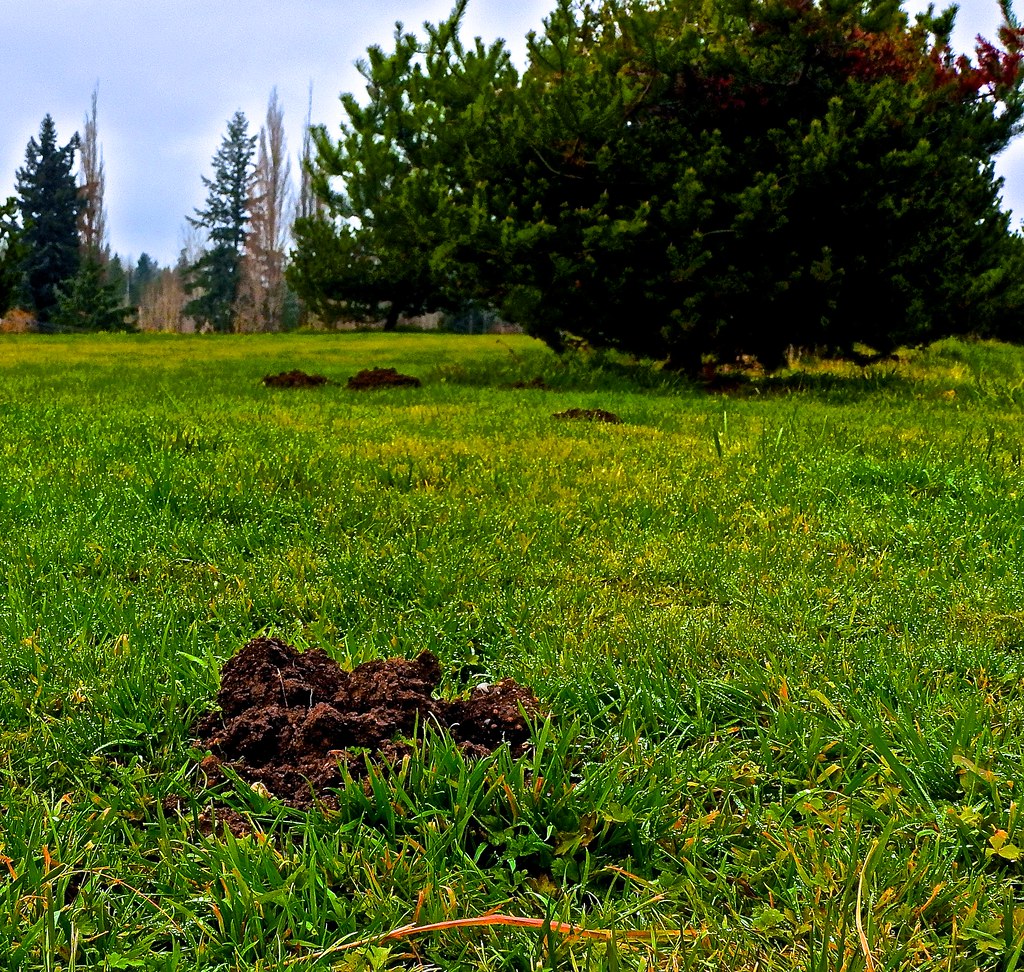```html
Moles are small, subterranean mammals from the family Talpidae, recognized for their powerful digging abilities. They have velvety fur, tiny hidden ears and eyes, and a distinct snout for sensing their surroundings. Primarily insectivores, moles feed on earthworms, grubs, and other soil-dwelling insects. Interestingly, moles also help control various lawn pests, as noted by the Washington Department of Fish & Wildlife.

Signs of mole presence include raised ridges and molehills. Other indicators include:
Moles create 3-5 inch raised ridges on lawns with small volcano-like soil mounds. Unlike moles:
Mix equal parts of water and vinegar and spray near molehills to repel moles due to its strong scent.
Certain plants such as daffodils, marigolds, and alliums deter moles due to their scent or toxic properties.
Ingredients like castor oil, cayenne pepper, or garlic can be mixed and sprayed to irritate moles.
These devices emit sound waves or vibrations that moles find unpleasant. Effectiveness can vary.
When using repellents or ultrasonic devices:
Consider humane solutions like:
Mole-specific traps (both below and above ground) can effectively eliminate moles, but they should be a last resort due to ecological impact and risks to pets and children.
Underlying prevention strategies include:
| Strategy | Description |
|---|---|
| Reduce Food Supplies | Remove insects or grubs from the soil to make the environment less appealing to moles. |
| Maintain Dryer Soil Conditions | Moles favor moist areas, so dryer soil conditions can discourage them. |
| Use Barriers | Buried wire mesh around gardens can prevent moles from entering specific areas. |
While moles can be a nuisance, they also offer ecological benefits. Moles aerate soil, control insect populations, and improve soil drainage, contributing positively to the ecosystem. For more information on moles and their ecological role, check out the article on Moles in the Lawn - MSU Extension.
If issues persist or for safety, consider contacting wildlife control professionals for assistance. Their expertise can provide effective and humane solutions for managing mole populations.

```

Immerse yourself in architecture’s most boundary-pushing ideas—where innovative home improvements meet visionary urban developments. Discover new building techniques, materials, and creative concepts that are redefining how we shape our spaces on a global scale.